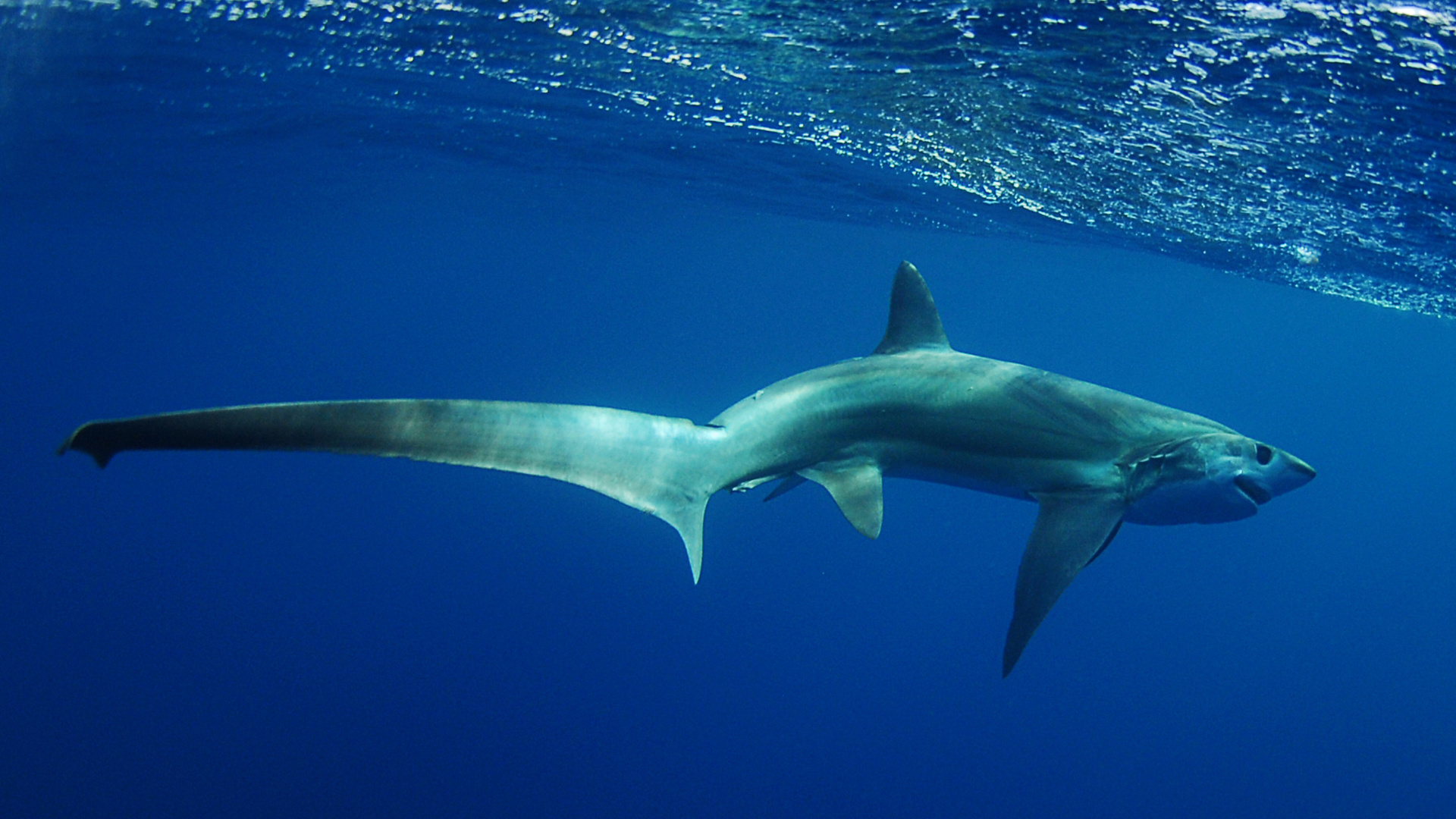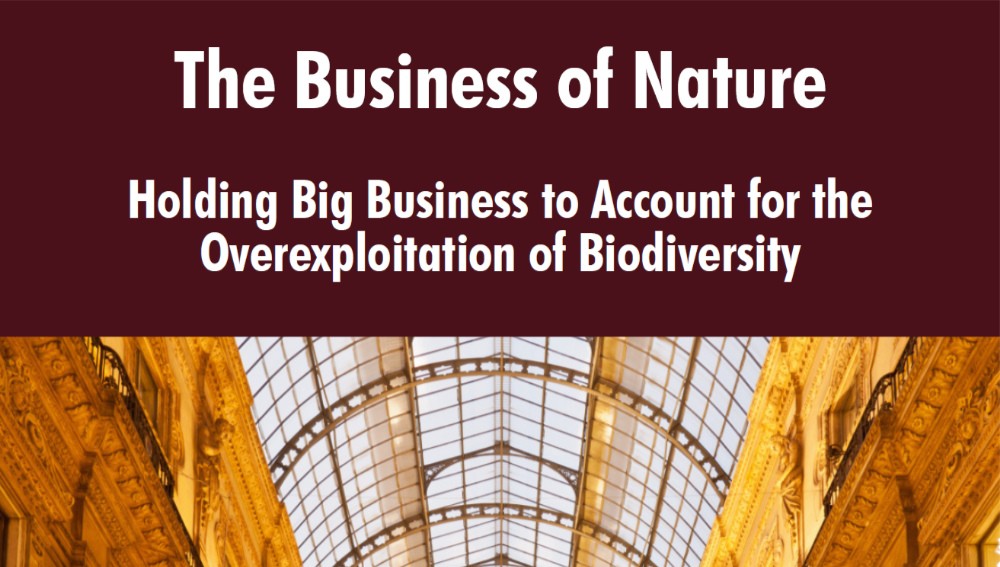Petted To Death – Australia’s Little Known Contribution To The Extinction Crisis

Surely Australia doesn’t really have any involvement in a trade of wildlife to the rest of the world for purposes of pet ownership, does it? Pet ownership couldn’t really be a significant driver of the biodiversity loss across the globe, could it?
This is my first blog for Nature Needs...
You Can’t Make a Silk Purse Out Of A Sow’s Ear

One of the key arguments used for not moving to a reverse-listing (positive-listing, white-listing) regulatory system for the trade in wild species is that CITES already has a mechanism for implementing the precautionary principle - the Non-Detriment Findings (NDFs). In theory, the convention directs signatory counties to only issue export...
Corporate Overexploitation Hides Behind The Skirts Of Community Livelihoods

Having just returned from Washington DC and meetings with political representatives and advisors from both side of the aisle, what is evident is how little they know about the international commercial legal trade in wild species.
The pattern of the meetings was them bringing up elephants and rhinos, hunting trophies...
Introducing The BU$IN€$$ of Nature Report

Businesses and their investors have had 50 years to prove they could curb their excess with voluntary governance systems. They have decisively failed. Even now, in the face of natural and heath disasters, the success of new iterations of voluntary self-governance is being exaggerated. It is time to call them...
Reverse Listing – A Strategy Whose Time Has Come

It is time to accept that the current system of protecting species from over-exploitation by commercialising them is not working and hasn’t for some decades.
The problem with regulating the legal trade in wild species and protecting species from extinction through trade is that the underlying basic assumption of the...
What Are John Hume’s Rhinos Really Worth?

Are 2,000 captive-bred, farmed rhinos of any value from either a commercial or conservation perspective?
John Hume, the owner of the world’s largest private rhino herd, is auctioning off his rhino farm, the starting bid being US$10 million. The question is, what are Hume’s rhinos really worth?
In recent weeks...
50 Years Going Backwards

The International Institute for Sustainable Development’s (IISD) SDG Knowledge Hub recently invited a number of guest articles about the trade in wild species. John Scanlon (with co-authors) contributed a number of articles to explore the state of CITES 50 years after it was agreed.
Before taking a closer look at...
We Live In Interesting And Terrifying Times – Are You Ready For 2023?

With the end of 2022 on the horizon, the Nature Needs More team would like to wish you a peaceful holiday with your family and friends. The coming weeks bring us all a time for reflection.
It has certainly been a big year for biodiversity, from CITES CoP 19 to...
For The Price Of An Apartment

“The wildlife trade is one of the most lucrative trades in the world. The LEGAL trade into the EU alone is worth €100 billion annually.”, stated a 2016 European Parliament Report. The choice of words bears repeating, “one of the most lucrative trades in the world”.
The trade is not...
Sharks: Worth More Than The Sum Of Their Body Parts

From fins to teeth, skin and meat, the market for shark body parts is a grave concern, with shark finning being the most contentious issue.
The coverage of CITES CoP19 in the mainstream media has been thin on the ground, but one decision which did get attention was to list...
Fix The CITES Funding Crisis – Business Must Pay True Cost Of Trade Regulation

The CITES convention is rapidly approaching its 50-year anniversary; the convention was opened for signatures in 1973 and CITES entered into force on 1 July 1975. This milestone cannot pass without CITES providing all the evidence that it is fit-for-purpose, particularly given the looming extinction crisis.
CITES never included a...




